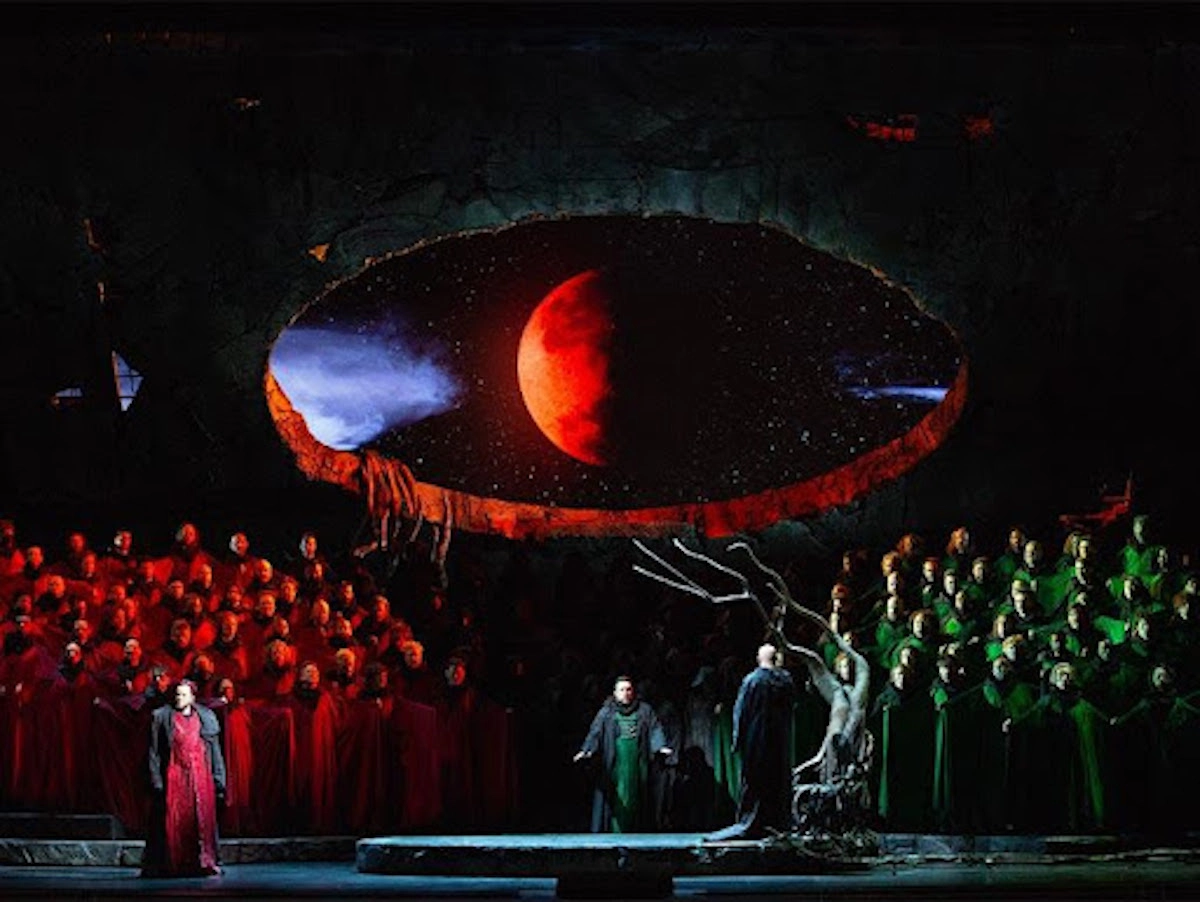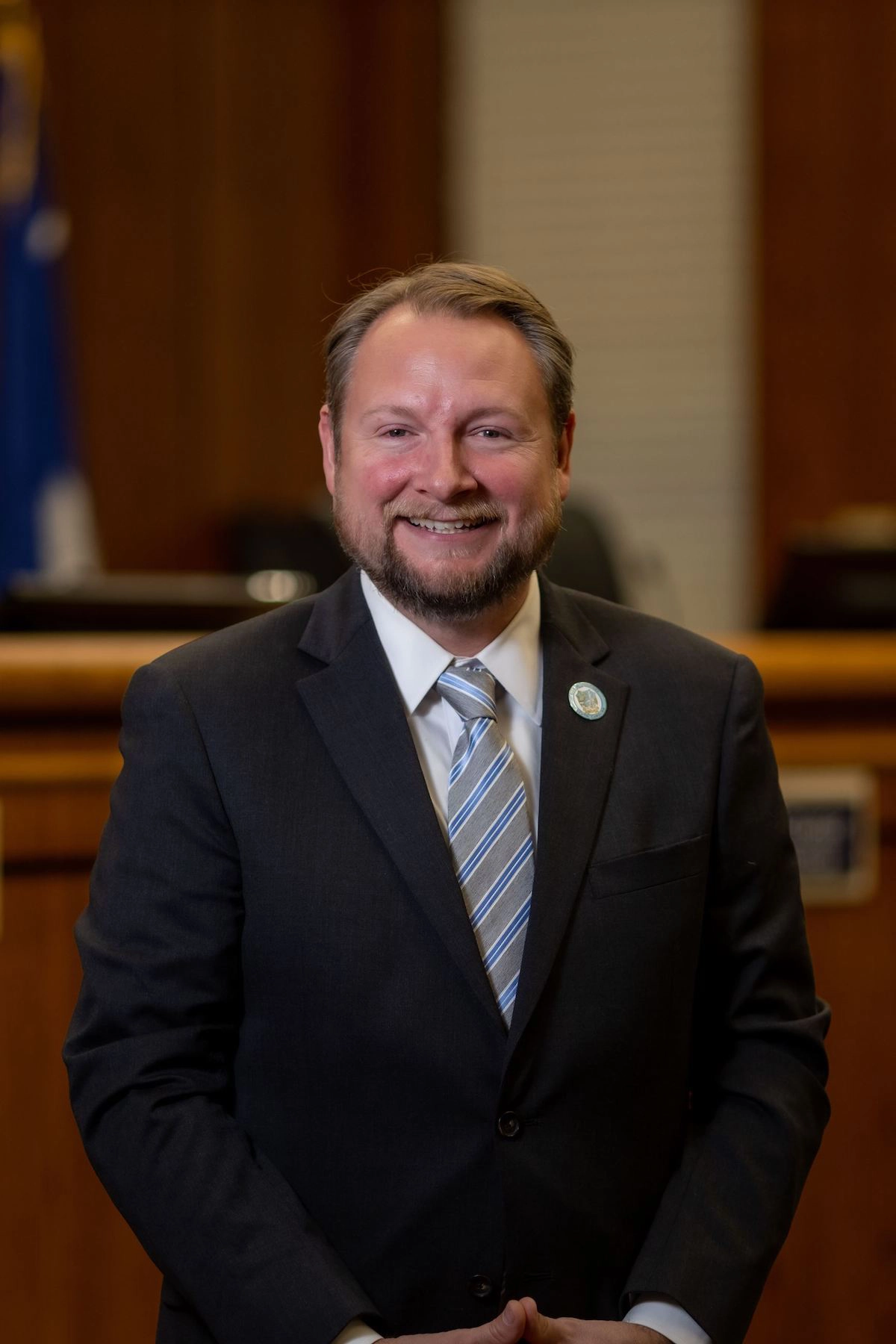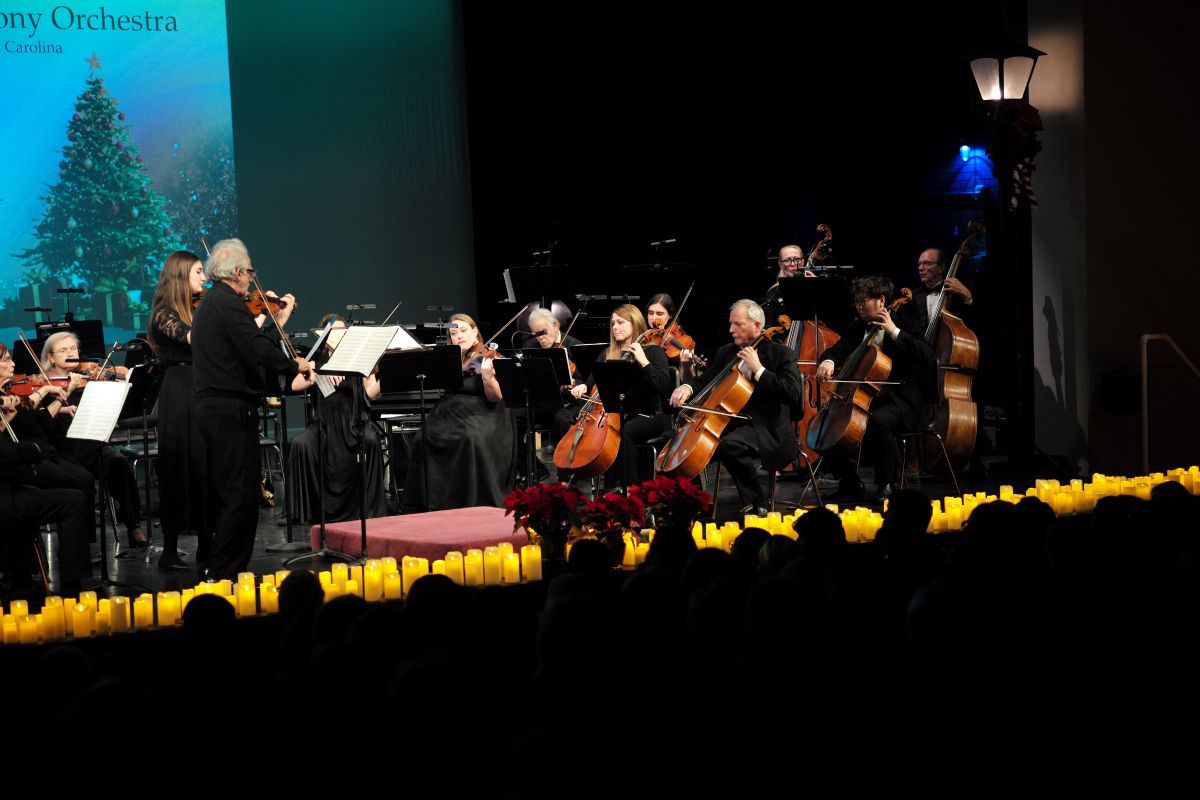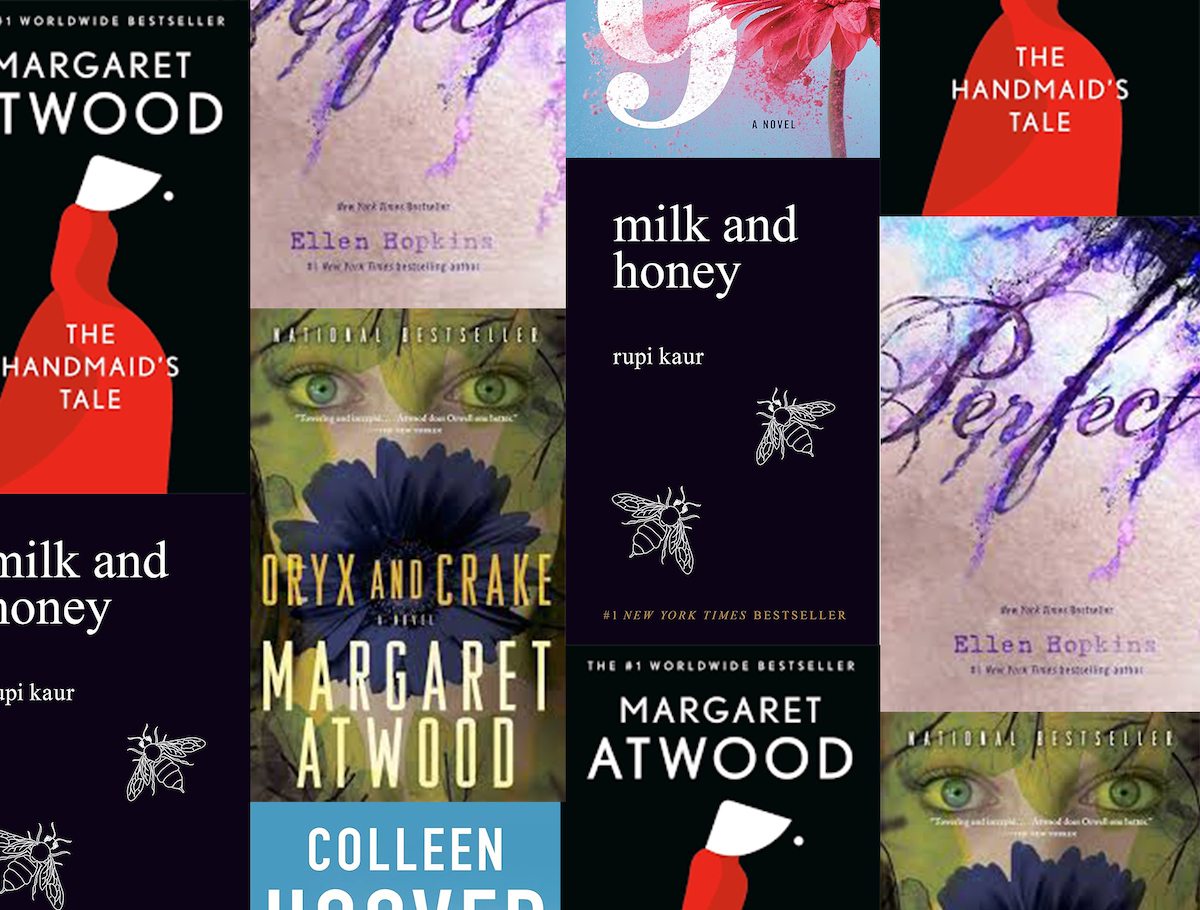By Becky Sprecher
Special to The Island News
I know what you’re thinking. Am I seriously suggesting that you all give up a beautiful afternoon at the beginning of April to go see a 5-hour opera about a knight who gets around on a boat towed by a giant swan? That image alone might provoke laughter, followed immediately by a cursory glance at the liquor cabinet at the thought of having to endure such an experience.
But Lohengrin is not just any knight; he is a dazzling hero in shining armor, the embodiment of grace and virtue. Deputized by the spirit of the Holy Grail, he is charged with using his magical powers to rescue a beautiful maiden accused of murdering her brother. There is only one catch: she must never ask his name.
“Therein lies the tragedy,” writes John Deathridge and Carl Dahlhaus in The New Grove Dictionary. “The fact is that the goal for which Lohengrin yearns is at cross-purposes with the means by which he seeks to reach it.”
Lohengrin yearns both for love and to be loved for who he is, not the trappings of glory and honor which surround him.
Is this humanly possible, we wonder? To love someone completely without knowing who they are or where they came from?
“In seeking to annul what sets him apart from others,” Deathridge and Dahlhaus continue, “Lohengrin succeeds only in reinforcing it.”
There’s a lot we don’t know in the beginning. One is that Lohengrin is the son of Parsifal, the keeper of the Holy Grail. Not only has he been sent to help Elsa, but he must bring peace to the region of Antwerp on the River Scheldt. While the story is mythological, Wagner injects some historical roots by setting the opera in the year 930 during the reign of King Henry the Fowler. The German kingdom at the edge of Christian Europe is just emerging and is threatened by both the Hungarians and pockets of paganism to the north.
We also don’t yet know that the giant swan is really Elsa’s brother Gottfried, upon whom the pagan sorceress Ortrud has cast an evil spell. Elsa is unable to resist temptation and begs Lohengrin to reveal his name and lineage on their wedding night, egged on in no small measure by the cunning Ortrud. In so doing, she learns that her brother will indeed return, but she will lose her Swan Knight because she lacked faith.
The Met hasn’t presented Lohengrin in 17 years, so we should seize the moment and go see it — even if it is spring in Beaufort. I’ve yet to hear a composer who can write about the mystical, the supernatural, the unseen power of the spirit (or the unconscious, depending on your point of view), in quite the way Wagner does. “Music was one thing,” wrote C.S. Lewis, “Wagnerian music was quite another, and there was no common measure between them.”
According to M. Owen Lee in his book, Wagner’s Ring: Turning the Sky Around, Wagner’s music creates an awakening, a “sense that in discovering Wagner, we have discovered something no other music has, something in ourselves we knew long before but had forgotten.”
The Prologue is an example. Wagner begins the opera by presenting the heroic Grail theme: ethereal music that evokes a noble majesty that is tender and loving, yet otherworldly. He is just beginning to use musical fragments (leitmotifs) like this to fuse his story with his music in a unique way. The importance of Lohengrin in the Wagnerian repertoire is that it comes mid-way in his career when he is at the top of his game composing works in the Romantic genre.
We still have arias, along with rousing choruses and pageantry, an example of the latter being the famous “Bridal Chorus,” which is still in use for weddings today. But Lohengrin serves as a gateway for what is to come, for it is after this opera that Wagner surely must have put down his pen and thought, I’ve done all I can here. I’m going to do something entirely new. And he begins work on his four-opera series, The Ring of the Nibelung, as well as his masterpiece, Tristan and Isolde, both of which will revolutionize opera as we know it and usher in a whole new array of musical and harmonic concepts that will change Western music forever.
Piotr Beczala as Lohengrin is familiar face to those of us who saw Rigoletto last year in which he sang the role of the Duke of Mantua. Tamara Wilson, who is performing all the great roles for a dramatic soprano from Sieglende to Aida, Brünnhilde and Turandot, sings Elsa. The pagan sorceress Ortrud is Christine Goerke, an artist with a warm and funny personality who so delighted audiences all over the world when she hosted the Met’s live in Hi-Def Pandemic Concerts. Here she gets to be the Bad Girl, as Ortrud is one of opera’s greatest antiheroes. Rounding out the quartet of major characters is Evgeny Nikitin as Ortrud’s scheming husband, Telramund, who has performed in the title role of Der Fliegende Holländer and as Klingsor in Parsifal for the Met.
Be advised that these roles are very difficult to sing — particularly for women — because of their demanding vocal lines and the tremendous power required to project over massive Wagnerian orchestras with lots of brass. So do not expect to see lithe damsels who run marathons or go to Pilates classes; these stars are too busy sharing their extraordinary vocal talents with the world. Remember that Wagner is writing for your ears and your mind, not just your eyes.
Francois Girard directed Parsifal at the Met in 2013, so we should see a relationship between the two productions in terms of sets. Girard tells Opera News that, “there are some aesthetic continuities, but this production is not as naturalistic as Parsifal. Lohengrin will be dressed like the knights in Parsifal, and there is some similar imagery of the cosmic sky in Peter Flaherty’s video projections. They’re very much in the same language, but it’s clear we’re moving from the magical world to the real world.”
Costumes are by Tim Yip, who did the costumes for Ang Lee’s Crouching Tiger, Hidden Dragon. Look for a “traffic light” color scheme, with green in Act I for King Heinrich, red for the evil machinations of Ortrud and Telmund in Act II, and white for the dove that escorts Lohengrin home in Act III.
Lohengrin is an ideal way to dip your toes into the magical waters of Wagnerian music. Before you dip, however, it might be a good idea to do a little research at metopera.org or Google. You have to go to it; it doesn’t necessarily come to you. But the rewards are very great; once you “get it” with Wagner, you’ll never look back.
WANT TO GO?
What: Lohengrin by Richard Wagner
Where: USCB Center for the Arts, Carteret Street
When: Noon, Saturday, April 1. Special Note: Curtain is at noon instead of the usual 1 p.m.
Tickets: $22, $20 for OLLI members. Book online at the Center for the Arts website or purchase at the door.
Run length: 5 hours, including two 35-minute Intermissions. Sung in German with Met Titles in English.







